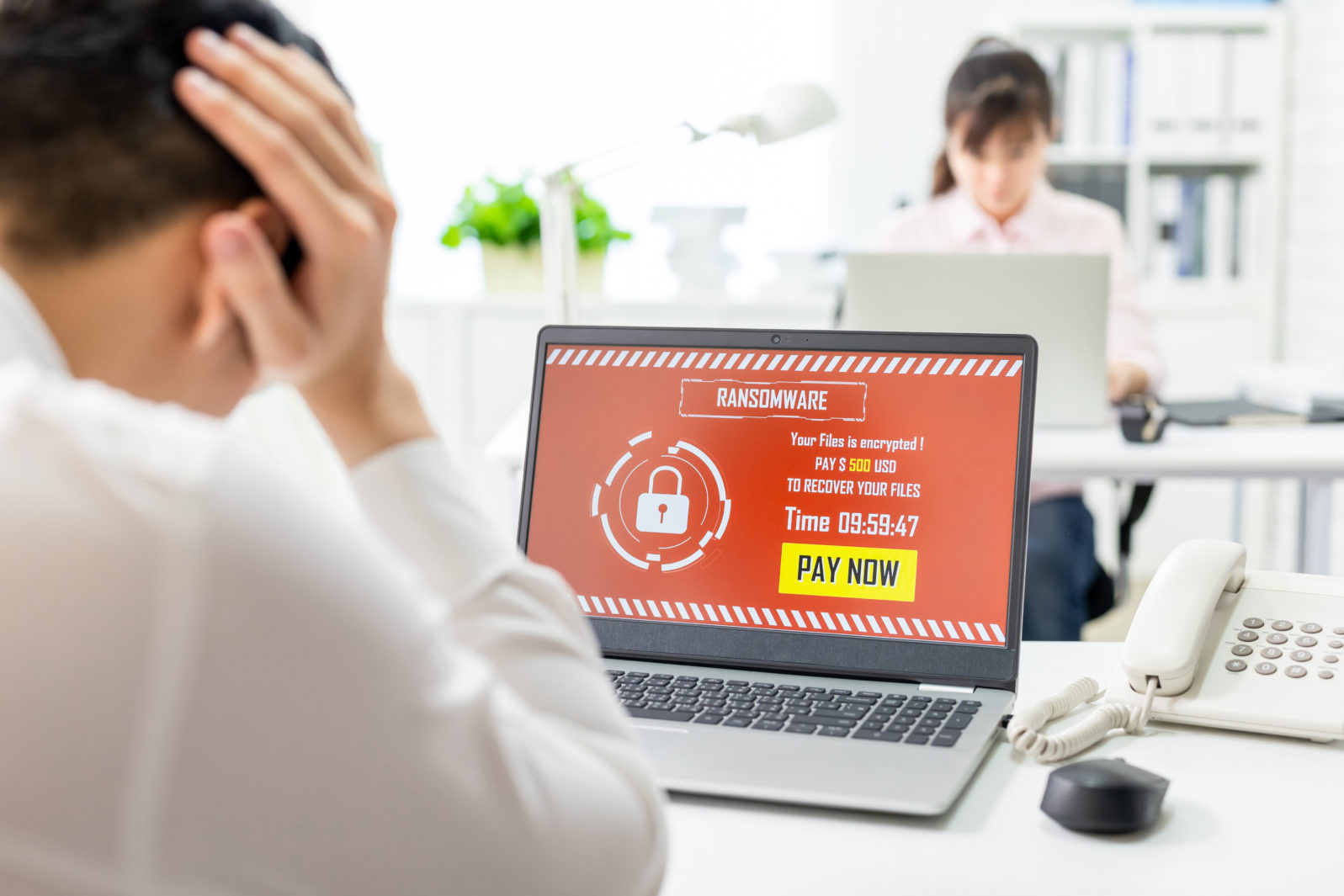The Sweet Science of Agile Software Development
Effective security, as opposed to partial security, increases costs in the short run but decreases them in the long runVeteran software developer David A. Kruger offered some thoughts on computer security recently at Expensivity and we appreciate the opportunity to republish them here as a series. Yesterday’s discussion focused on putting a lid on risks. Today’s discussion looks at the sweet science of agile software development — proactive, not reactive responses.
Agile Software Development, Known Art, and Updates to the Rescue
The “get out of it one piece of software and data at a time” requirement seems daunting, if not impossible, but it isn’t as bad as it sounds due to agile software development, the availability of “known art,” and the speed at which large-scale software changes propagate via the Internet.

A key attribute of agile software development is frequently releasing incremental improvements at short intervals, which is why we all experience a constant stream of software updates and patches. It is utterly routine for software makers to implement small to very large-scale changes to tens of millions of instances of their software overnight. To speed new capabilities to market, agile development relies heavily on prepackaged code developed by third parties, especially for functions that are common to all software, and that span across differing software architectures and programming languages. Creating, storing, transporting, and processing data are common to all software. The phrase “known art” above and below means there are multiple sources of prepackaged code that can enable the shift to controllable data to be quickly implemented in existing and new software. The key point is this:
Key Point: No new technology must be invented to shift software from creating open data to creating controllable data.
As a person whose first professional software development job in 1986 was to design and build accident analysis software for transportation safety experts, and who has been working with software developers ever since, I do not want to trivialize the amount of work required to shift the digital world from open data to controllable data and from partial authentication to full scope authentication. It will cost tens of billions of dollars and millions of man-hours of software development labor, and it will take years to fully accomplish. However, the cost of fully implementing controllable data and full scope authentication pales in comparison to the cost of continuing to produce open data and partially authenticate.

Left untreated, the total cost of cybersecurity failure (symptomatic point solution costs + cybersecurity losses) will continue to increase but shifting to controllable data and full scope authentication will sharply reduce both costs. To be sure, there will be initial and ongoing costs, but once initial implementation labor cost is paid, operating costs decrease and level out. Nonetheless, getting software makers to change their priorities to making their products safe rather than rolling out the next cool new feature will by no means be easy. However, when the diagnosis is fatal-if-left-untreated cancer, one should expect their priorities to change while treatment is underway.
Results of Implementation
Since this is a “big picture” article, the items in the list below are necessarily assertions without supporting technical detail. However, these results are not speculative, having been achieved in well-tested commercial software:
- Controllable data can only be decrypted by authenticated users
- Controllable data can only be used for the purposes its owner permits
- Stolen controllable data is unusable
- Remote cyberattackers can’t authenticate at their destination
- Malware can’t attach to software
- Stolen user credentials don’t grant access
- Stolen or cloned devices don’t yield usable data.
Next: How to ruin the cybercriminal’s business life
Here are all thirteen segments in the series:
The true cause of cybersecurity failure and how to fix it Hint: The cause and fix are not what you think. David A. Kruger, a member of the Forbes Technology Council, says it’s getting worse: We’re in a hole so stop digging! Get back to root cause analysis.
What’s wrong with cybersecurity technology? Know your enemy: The target isn’t networks, computers, or users; they are pathways to the target —gaining control of data. The challenge: If a cyberdefender scores 1,000,000 and a cyberattacker scores 1, the cyberattacker wins, David Kruger points out.
Ingredients that cybersecurity needs to actually work Software makers continue to produce open data as if we were still living in the 50s, and the Internet had never been invented. Forbes Council’s David Kruger says, the goal should be safety (preventing harm) rather than, as so often now, security (reacting to hacks with new defenses).
Cybersecurity: Put a lid on the risks. We already own the lid. Security specialist David Kruger says, data must be contained when it is in storage and transit and controlled when it is in use. Cyberattackers are not the problem; sloppy methods are. We must solve the problem we created one piece of data or software at a time.
The sweet science of agile software development Effective security, as opposed to partial security, increases costs in the short run but decreases them in the long run. Software veteran: Getting makers to change their priorities to safer products safe rather than the next cool new feature will by no means be easy.
Computer safety expert: Start helping ruin cybercriminals’ lives. Okay, their businesses. Unfortunately, part of the problem is the design of programs, written with the best of intentions… First, we must confront the fact that software makers are not often held responsible for the built-in flaws of their systems.
The cybercriminal isn’t necessarily who you think… Chances are, the “human data collector” is just someone who works for a company that makes money collecting data about you. Did you know that his bosses have paid gazillions in fines for what he and his fellows do? Let’s learn more about what they are up to.
Sometimes, money really is the explanation. Today’s internet is a concentration of power, in terms of information, never before seen in history. The HDCs (human data collectors) treat us as guinea pigs in a thoroughly unethical experiment designed to learn how to manipulate the user most effectively.
How search engine results can be distorted Search providers such as Google are able to increase their ad revenues by distorting the search results delivered to users. Human data collectors (HDCs) have been able to evade responsibility for the preventable harms they cause by blame shifting and transferring risk to users.
How online human data collectors get free from responsibility Cybersecurity expert David A. Kruger talks about the Brave Old World in which you have much less power than Big Tech does. For Big Tech, government fines and other censures are merely a cost of doing business, which makes reform difficult at best.
Cybersecurity: Why a poke in the eye does not work. The current system punishes small businesses for data breaches they could not have prevented. Computer security expert David Kruger says the current system makes as much sense as fining the hit and run victim for not jumping out of the way.
Is your data about yourself too complex for you to manage? That’s the argument human data collectors (HDCs) make for why they should be allowed to collect and own your data. Policymakers should declare that human data is the property of the individual, not of the data collector, computer security expert David Kruger argues.
and
How software makers will push back against reforms Software makers will grumble but insurers may force their hand. That, however, is NOT the Big Battle… the Big Battle: Wall Street will oppose reforms that restore control to you because the market cap of Big Tech depends on human data collection.
